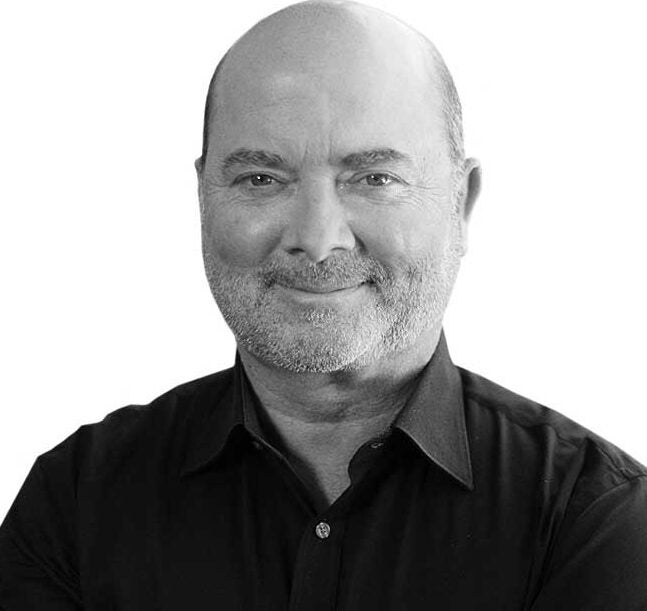OpenX would like people to stop thinking about supply-side platforms as “dumb pipes,” thank you very much.
There may have been some truth to that notion five or six years ago, but SSPs – the larger ones, at least – have since been evolving to meet the changing needs of the digital advertising industry, said OpenX CEO John Gentry.
“If you were to ask me what an SSP is today compared to, say, five years ago, it’s radically different,” he said.
That’s because there’s been more investment in data and identity, sell-side curation tech and methods for filtering low-quality ads, Gentry said. Meanwhile, many SSPs have also been striking more direct relationships with buyers, partly in response to demand-side platforms getting cozier with publishers.
Not that the SSP/DSP disintermediation drama is necessarily as adversarial as sometimes portrayed in the trade press, Gentry said.
“Companies on both sides are trying to drive more value, and one way to do that is by going more direct,” he said. “These moves are just about adding incremental functionality, not changing the entire focus of their businesses.”
AdExchanger caught up with Gentry for a few more hot takes.
AdExchanger: Why is everyone so obsessed with sell-side curation all of a sudden?
JOHN GENTRY: One big reason is because of how addressability and identity are changing. The closer you are to the publisher, the easier it is to match your data, because there are fewer hops. You don’t need to go from the publisher to the SSP to the DSP to the DMP to try and resolve who a user might be. In short, there’s better fidelity.
The other thing we hear from buyers is the fact that curation can be DSP-agnostic. Buyers can take the same deal ID they use across our supply and use it with multiple different DSPs. A lot of buyers work with more than one DSP, so they like the ability to transport that deal ID across the landscape.
SSPs have gotten dinged for essentially helping monetize made-for-advertising sites. What is OpenX doing to keep its supply clean and MFA-free?
There’s been a lot of progress. As soon as the flashlight went on, many of these sites died because they operated on a fairly thin margin. That said, there are still a lot of these sites out there, and we’re investing in quality filters.
There have also been legitimate sites out there running secondary MFA sites. We and others like us told them we’d cut them off entirely if they didn’t get rid of those other sites, and they have since been eliminated.
Let’s talk about streaming. I mostly associate Magnite with connected TV. What does OpenX have on the CTV front, and how do you differentiate?
To take a step back, over the past roughly 18 to 24 months, many broadcasters have gone down the same path that web publishers did in the early days, which is to add multiple SSPs to bring in more demand.
The broadcasters are being less aggressive about it and only adding maybe four or five SSPs to their stack, but that’s becoming a much more common practice. As a result, we’ve been able to add a lot of CTV inventory into our ecosystem, including Warner Bros. Discovery, [DIRECTV, Fubo and Xumo].
But we decided to take CTV in a very different direction than how the web works.
What direction is that?
When we first started getting into CTV, we looked at the marketplace and saw that a lot of buying was happening on a PG basis [programmatic guaranteed]. But when we talked to buyers, they were concerned about what inventory they might end up buying on a guaranteed basis.
So we cut out all resellers. No fireplace app inventory. We scrubbed and eliminated anything that wasn’t premium glass-on-the-wall CTV.
OpenX isn’t public, but are there any numbers you can share about revenue growth, projections or maybe the size of your CTV business?
Video was 35% of our business during the first half, which includes online video and CTV. We don’t have any forward projections to share, but our overall business grew 30% last year, and our CTV business grew 80% during the first half of this year.
Two of your main SSP competitors, Magnite and PubMatic, have been public for years. When will OpenX take the leap?
You know, we talked about in 2021 when it was a hot market for IPOs, but the market’s been very different since then. It’s something we’ll certainly look at, but we’ve got time. For now, we’re happy just growing at the rate we’re growing.
It’s been awhile since OpenX made an acquisition. The last time was back in 2017 with Mezzobit and PubNation. Any potential M&A on the horizon?
There are companies out there trying to create scale and combine their EBITDA. Equativ buying Sharethrough is a good example.
But nothing is jumping out to me recently as a really strategic acquisition. The market’s been slow. I talk to a lot of people and I don’t see a lot of activity.
Lastly, I’ve gotta ask. You were previously deposed for the upcoming Google ad tech antitrust trial. Are you set to testify? I know OpenX’s former CEO Tim Cadogen made the DOJ’s witness list.
At this point I can tell you that I’m not scheduled to testify.
This interview has been lightly edited and condensed.
For more articles featuring John Gentry, click here.














